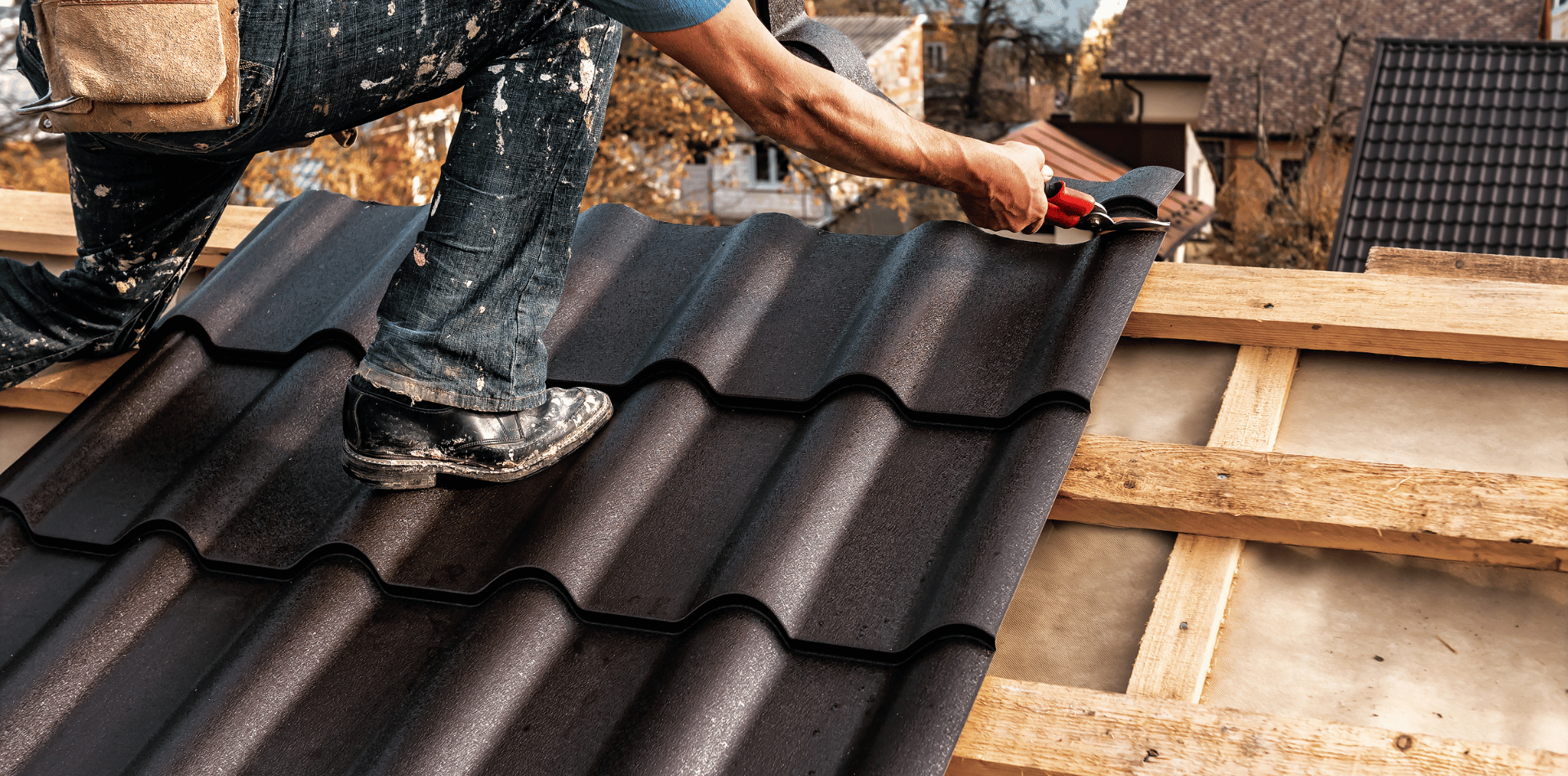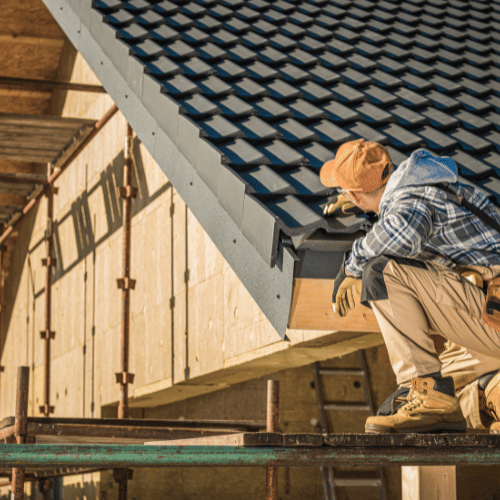How to Prepare for a Roof Replacement Project
How to Prepare for a Roof Replacement Project

A roof replacement is a significant investment in your home, and proper preparation can ensure the project runs smoothly and successfully.
Here are some steps to help you prepare for a roof replacement project:
1. Research Roofing Materials
Start by researching different roofing materials, including their pros and cons, costs, and aesthetics.
Understand the requirements for your home based on its architectural style, local climate, and budget.
Consult with a professional roofing contractor to get their recommendations for the best materials for your specific needs.
2. Get Multiple Quotes
Obtain quotes from several reputable roofing contractors in your area.
Compare their prices, experience, and reputation. Check online reviews, ask for references, and verify their licenses and insurance.
Don't automatically choose the lowest quote, as the quality of work and materials can vary widely.
Choose a contractor who offers the best value and meets your needs.
3. Discuss Project Details
Once you've chosen a contractor, discuss the project details with them.
These details may include:
- Project timeline and schedule
- Material choices and costs
- Labour costs
- Warranty terms
- Permits and inspection requirements
- Disposal of old roofing materials

4. Prepare Your Home
Before the work begins, prepare your home and surroundings for the roof replacement:
- Clear the area around your home: Remove or relocate outdoor furniture, toys, vehicles, and other items from the area around your home. This will give the contractors easy access to the worksite and minimize the risk of damage to your belongings.
- Protect your landscaping: Cover flowerbeds and shrubs with tarps or plastic sheets to prevent damage from falling debris.
- Inform your neighbours: Let your neighbours know about the project in advance, as there may be noise, dust, and increased traffic during the replacement.
- Secure your belongings: Remove or secure loose items on walls, shelves, and cabinets, as the work may cause vibrations that could dislodge them.
- Relocate pets: Roof replacement can be noisy and stressful for pets, so consider relocating them to a quiet area or boarding them during the project.
5. Ensure Access and Services
Make sure your contractor has easy access to the worksite.
Remove any obstacles or barriers that could hinder their work.
Provide access to services such as electricity and water if needed.
6. Establish Communication
Set up clear lines of communication with your contractor.
Determine who the primary contact person is, and establish regular check-ins to stay informed about the project's progress.
Address any questions or concerns promptly.
7. Plan for Weather
Roof replacement is weather-dependent, and inclement weather can delay the project.
Discuss a contingency plan with your contractor to address potential weather-related issues, such as rescheduling or protecting the exposed roof.

8. Budget for Additional Costs
Be prepared for potential additional costs that may arise during the project, such as repairs to underlying structures or upgrades to ventilation and insulation.
Discuss any unforeseen issues with your contractor and get a written estimate before proceeding with any additional work.
9. Inspect the Work
After the roof replacement is complete, inspect the work with your contractor.
Ensure that all tasks are completed according to the contract, and address any issues or concerns before making the final payment.
10. Maintain Your New Roof
Once your new roof is installed, follow the manufacturer's recommendations and your contractor's advice for proper maintenance.
Regular inspections, cleaning, and addressing minor issues promptly can help extend your roof's lifespan.
In conclusion, preparing for a roof replacement project involves researching materials, getting multiple quotes, discussing project details with your chosen contractor, preparing your home and surroundings, ensuring access and utilities, establishing communication, planning for weather, budgeting for additional costs, inspecting the work, and maintaining your new roof.
By following these steps, you can ensure a successful roof replacement project that adds value and protection to your home.
You might also like








